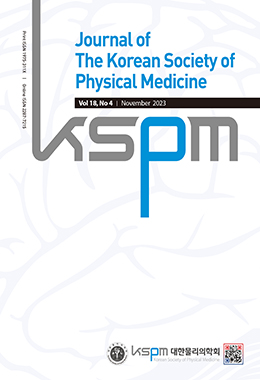PURPOSE: This study aimed to determine the effects of task-oriented treadmill training on the gait and balance ability and functional activity in 20 patients with subacute stroke.
METHODS: The study subjects were twenty stroke patients, ten randomly placed in the experimental group and ten in the control group. Both the experimental and control groups received 30 minutes of traditional physical therapy and an additional 15 minutes of functional electrical stimulation therapy. The experimental group was given task-oriented treadmill training, while the control group received general treadmill training. Each session lasted for 25 minutes, three times a week, over four weeks, totaling 12 sessions.
RESULTS: Both groups showed statistically significant differences in the 10-metre walk test (10MWT), timed up and go test (TUG), Fugl-Meyer Assessment (FMA), and Modified Barthel index (MBI). However, statistically significant differences in the Functional Ambulation Categories (FAC) and Berg Balance Scale (BBS) were seen only in the experimental group. There were statistically significant differences in the between-group differences value comparisons in the 10MWT, BBS, TUG, FMA, and MBI.
CONCLUSION: Task-oriented treadmill training positively impacts gait, balance, and daily function in subacute stroke patients. This study highlights the benefits of training on unstable surfaces and offers valuable insights for stroke rehabilitation and gait training.




